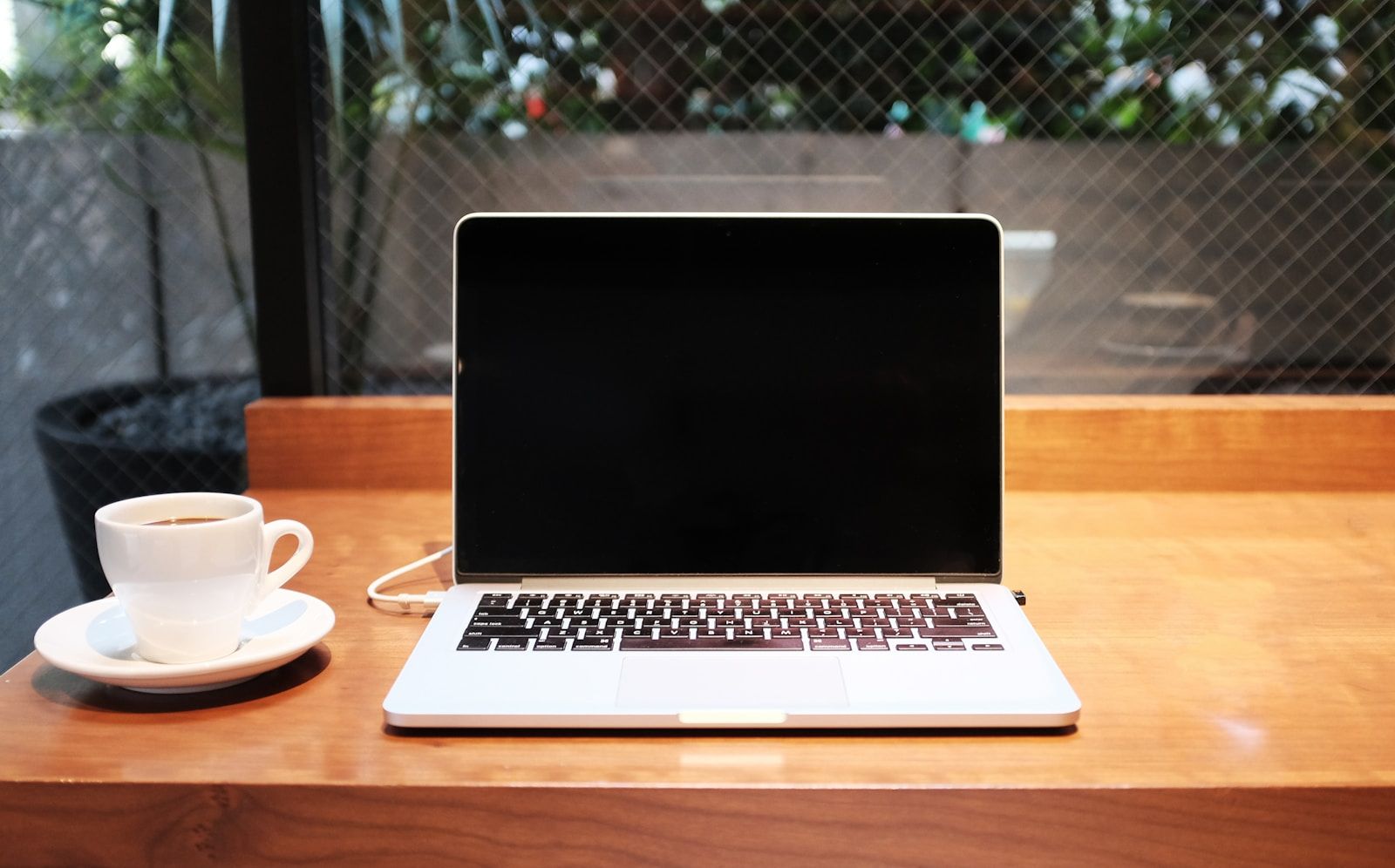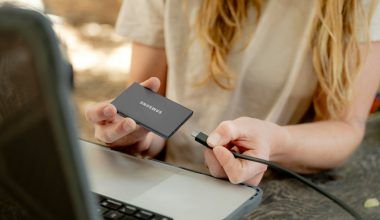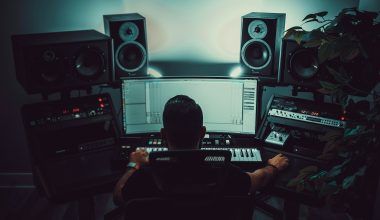In today’s fast-paced digital world, listening to music while working, studying, or relaxing has become second nature for many people. Whether you’re streaming your favorite playlist, enjoying a podcast, or tuning into a radio station, uninterrupted music is essential for a seamless experience. Unfortunately, it can be frustrating when your computer suddenly stops playing music. If you want to know how to allow your computer to keep music playing without interruptions, you’re in the right place.
This guide will walk you through several simple methods to ensure that your computer keeps the music going smoothly. From system settings to software solutions, we’ll cover it all. Plus, we’ll provide helpful tips to enhance your overall listening experience.
Why Does Music Stop Playing on Computers?
Before diving into the solutions, it’s important to understand why music might stop playing on your computer. Here are some common reasons:
- Sleep Mode or Power Settings: Many computers are programmed to go into sleep mode after being idle for a certain amount of time. This can interrupt audio playback.
- Inconsistent Internet Connection: If you’re streaming music online, a weak or unstable internet connection can cause buffering or sudden stops.
- Resource-Intensive Tasks: High CPU or RAM usage can sometimes cause your media player or browser to freeze temporarily.
- System Updates or Background Processes: Your computer might pause playback when performing system updates or running heavy background tasks.
- Inactivity Settings in Media Players: Some music players or streaming platforms automatically stop playback after a period of inactivity.
Understanding these causes will make it easier to address the issue and allow your computer to keep music playing without any problems.
Adjust Your Computer’s Power Settings
One of the most common reasons music stops playing on your computer is because of the power or sleep settings. When your computer enters sleep mode, it essentially pauses all active processes, including music playback. Here’s how you can adjust these settings:
- On Windows:
- Go to the Start menu and search for “Power & Sleep settings.”
- Under the Sleep section, choose “Never” for both screen and sleep options.
- Save the changes.
- On Mac:
- Open “System Preferences” and click on “Energy Saver.”
- Adjust the slider so the computer never goes to sleep.
- Check the box that says, “Prevent computer from sleeping automatically when the display is off.”
By making these small adjustments, you’ll allow your computer to keep music playing without disruptions caused by sleep mode.
Use a Music Player That Supports Background Playback
Not all music players are created equal. Some players are better optimized to handle background playback, meaning they will continue to play music even if you’re performing other tasks or your screen turns off. Here are some great options:
- Windows Media Player or Groove Music: Both are native to Windows and support seamless background playback.
- iTunes or Apple Music: For Mac users, iTunes and Apple Music are reliable options.
- VLC Media Player: This is a versatile, free media player that works on both Windows and Mac.
- Spotify or YouTube Music: These apps are optimized for streaming music and work well even when minimized.
Using a reliable player allows your computer to keep music playing while you multitask.
Optimize Internet Connection for Streaming
If you’re streaming music online, a weak or unstable internet connection can interrupt playback. Here are a few steps to ensure a smooth streaming experience:
- Switch to a Stable Network: Use a wired Ethernet connection instead of Wi-Fi for a more stable connection.
- Close Background Apps: Close other apps or browser tabs that might be consuming bandwidth.
- Adjust Streaming Quality: Lower the audio quality in the streaming app settings if your connection is slow.
These simple tweaks can help you enjoy uninterrupted streaming and allow your computer to keep music playing.
Disable Auto-Pause Features in Music Apps
Some streaming platforms like Spotify, YouTube Music, or Apple Music have built-in auto-pause features. These features stop playback after a certain period of inactivity. To prevent this:
- Check the app’s settings for any auto-pause or inactivity timers.
- Adjust the settings so the music continues to play without interruptions.
- If using YouTube, consider switching to YouTube Premium to enable background playback on mobile devices.
By disabling auto-pause, you ensure your computer can keep music playing for as long as you want.
Prevent Background Apps from Hogging System Resources
Heavy background apps can cause your computer to slow down, affecting music playback. Follow these tips to optimize system performance:
- Close Unnecessary Programs: Use Task Manager (Windows) or Activity Monitor (Mac) to identify and close resource-hungry apps.
- Update Your System: Make sure your operating system and apps are up to date to avoid bugs and glitches.
- Free Up RAM: Restart your computer regularly to clear RAM and improve performance.
When your computer runs efficiently, it will easily keep music playing without interruptions.
Use Browser Extensions for Uninterrupted Playback
If you listen to music via YouTube or other browser-based platforms, some extensions can help prevent playback interruptions:
- Auto Refresh Extensions: These extensions refresh your browser tabs periodically, preventing inactivity pauses.
- YouTube AutoPlay Enhancers: Tools like Enhancer for YouTube allow continuous playback without pauses.
Adding these browser extensions ensures smooth playback and allows your computer to keep music playing in the background.
Upgrade Your Hardware for Better Performance
If you regularly experience playback issues, your computer might need a hardware upgrade. Here are a few recommendations:
- Increase RAM: Adding more RAM allows your computer to handle multiple tasks, including music playback, without lag.
- Upgrade Your Hard Drive: Switching to an SSD can significantly improve overall performance.
- Use External Audio Devices: Consider using Bluetooth speakers or USB audio interfaces for better audio quality.
Upgrading your hardware ensures that your computer can keep music playing smoothly, no matter what else you’re doing.
Final Tips to Allow Your Computer to Keep Music Playing
To wrap things up, here are some additional tips to enhance your listening experience:
- Create Custom Playlists: Prepare playlists in advance so you don’t have to skip tracks manually.
- Enable Offline Playback: Download songs for offline listening to avoid interruptions due to poor internet.
- Use High-Quality Headphones or Speakers: Good audio devices improve your overall music experience.
- Restart Your Computer Regularly: Regular restarts keep your system running smoothly.
By following these tips, you’ll create the perfect environment for uninterrupted music playback.
Conclusion
Music is a powerful tool for boosting productivity, relaxation, and enjoyment. However, interruptions can disrupt your flow and ruin the experience. By adjusting power settings, using reliable music players, optimizing your internet connection, and upgrading your system, you can easily allow your computer to keep music playing without any issues.
Take control of your listening experience today and enjoy nonstop music on your computer, whether you’re working, studying, or just relaxing. After all, nothing should come between you and your favorite tunes!
For further reading, explore these related articles:
For additional resources on music marketing and distribution, visit DMT Records Pvt. Ltd..






